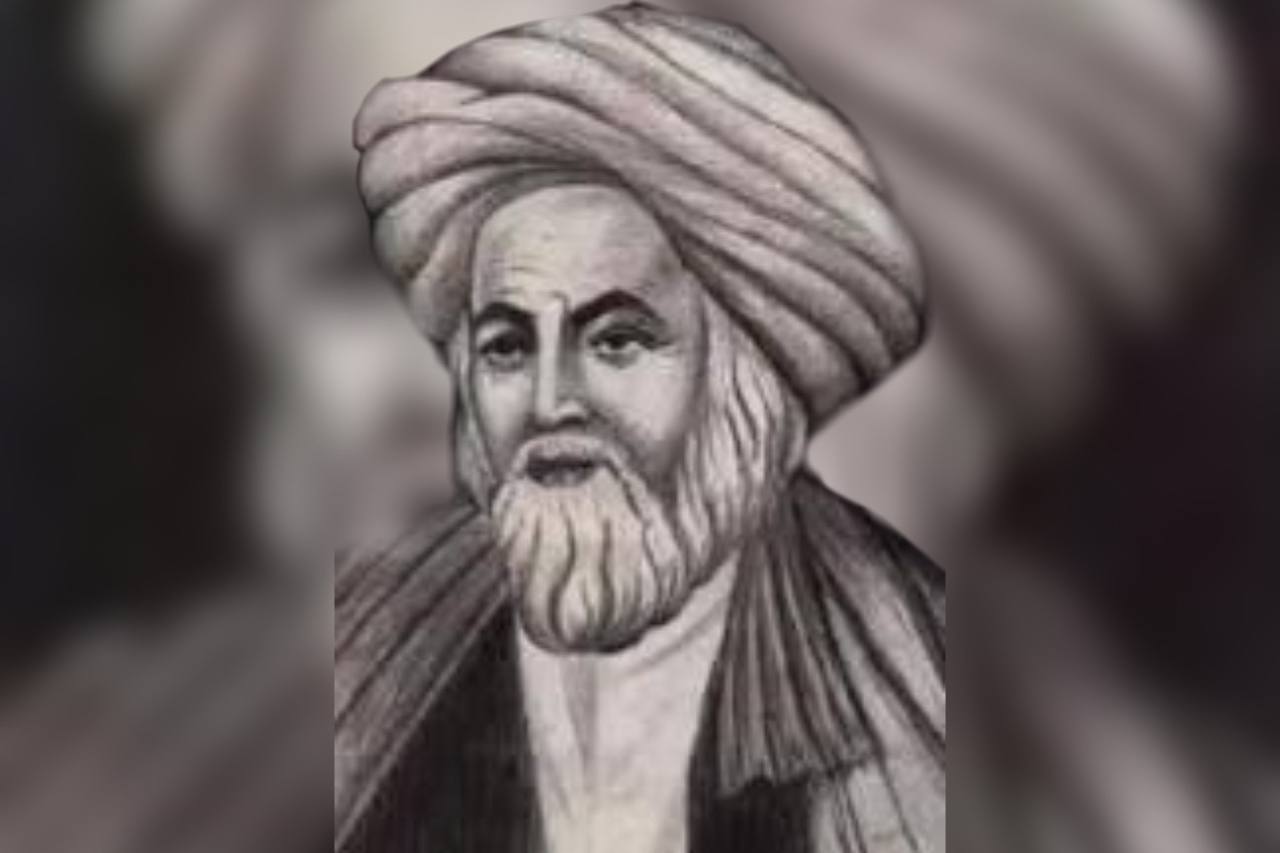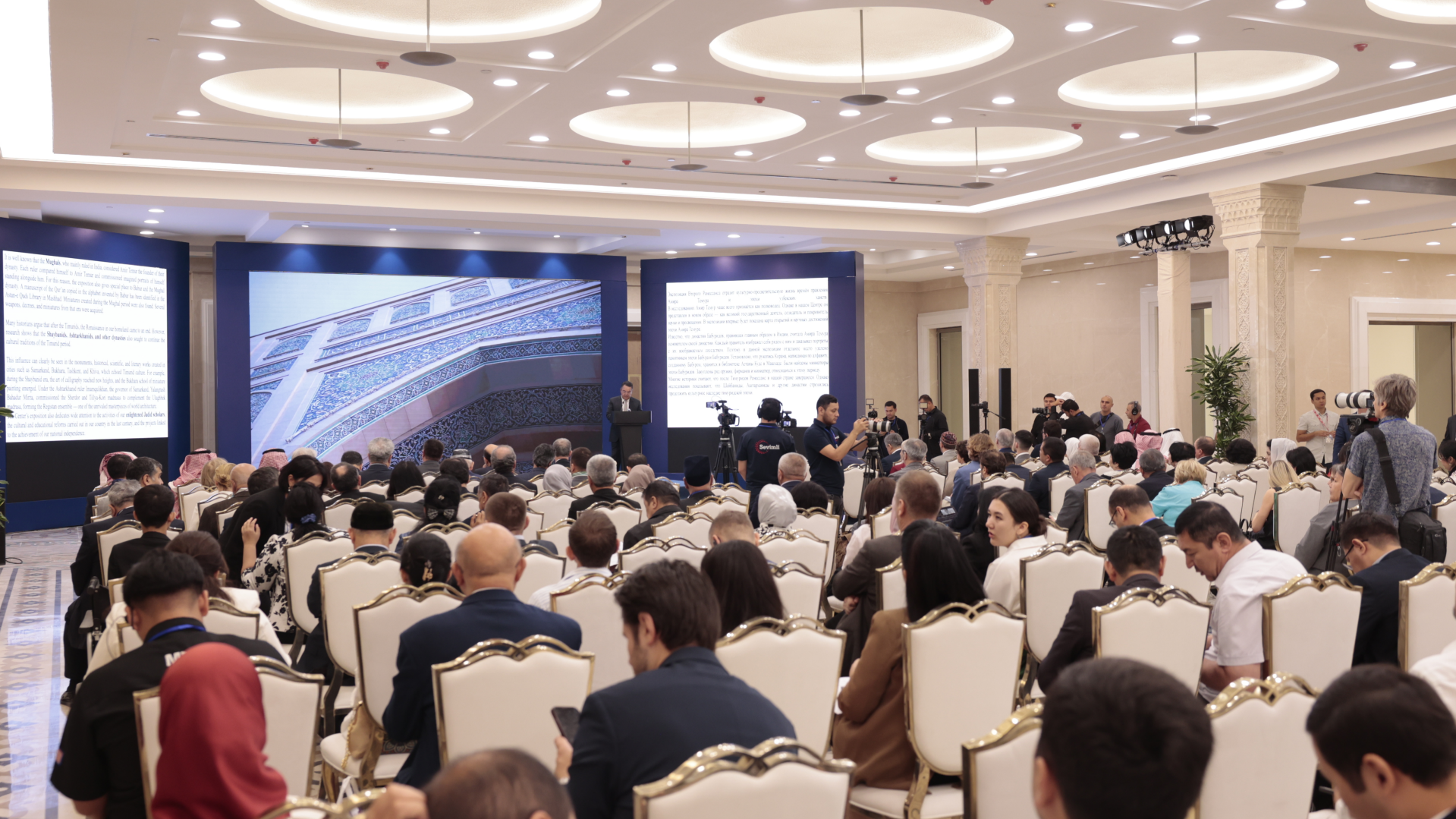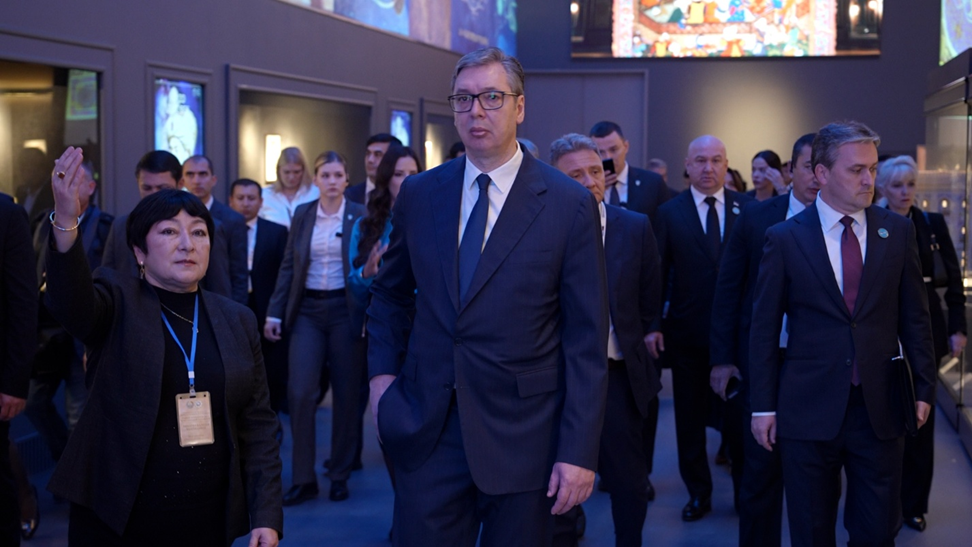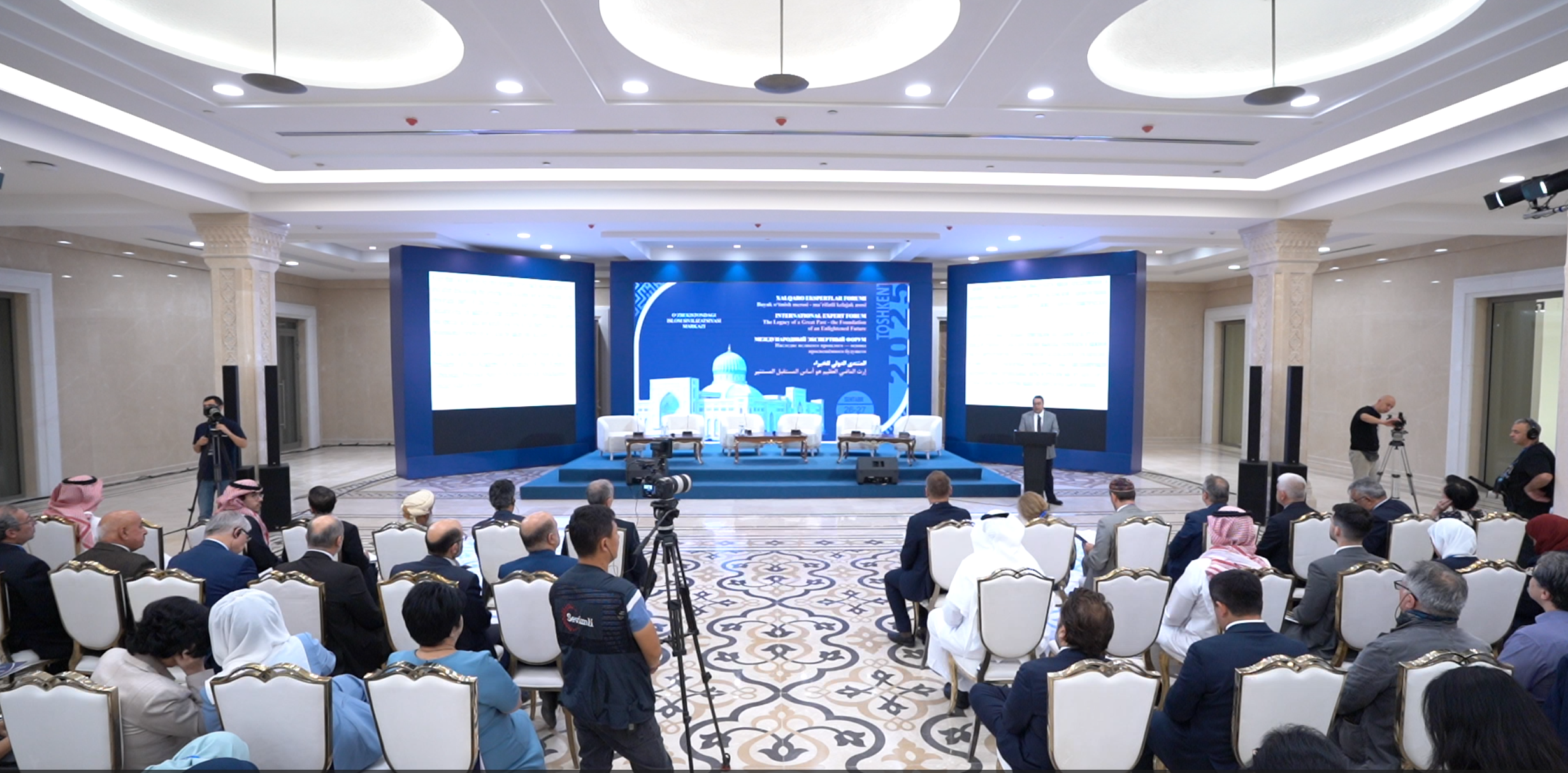An unparalleled work dedicated to Arabic grammar
🔴 A multilingual dictionary that has survived through the centuries
🔴 A foundational source of Arabic linguistics

In the “First Renaissance” section of the Islamic Civilization Center in Uzbekistan, an exhibition dedicated to the life and scholarly legacy of the great scholar Mahmud az-Zamakhshari is being organized. Here, visitors can see both the original and copied manuscripts of the scholar’s works “Al-Mufassal fi San‘at an-Nahw” and “Muqaddimat al-Adab”, gaining a visual sense of the true scholarly atmosphere of the 12th century.
Each manuscript and its copy have undergone scientific and practical restoration. Through modern information panels, data about Zamakhshari’s life, academic activity, and works are presented in infographic, multimedia, and interactive formats. This approach serves to convey the knowledge of our great ancestor to the public using contemporary methods.
A foundational source of Arabic linguistics
Zamakhshari’s “Al-Mufassal fi San‘at an-Nahw” is considered one of the most important sources devoted to Arabic grammar. It systematically analyzes word categories, sentence structure, pronunciation, and grammatical systems. The author explained the laws of the Arabic language based on logic, elevating the science of nahw (syntax) to the level of an organized discipline.
According to historical sources, this work spread widely during the Middle Ages and was used as an educational manual in many madrasahs.
A great dictionary written in four languages
Zamakhshari’s “Muqaddimat al-Adab” is a multilingual dictionary encompassing words and expressions in Arabic, Persian, Turkic, and Mongolian. Written in 1137, the work presents word roots, meanings, and morphological forms in a clear scientific style. For centuries, it has served as one of the main references for studying the Arabic language.
A scholar who both learned and taught knowledge
According to Associate Professor, Candidate of Philological Sciences Salima Eshonova:
“Zamakhshari was not only a scholar who acquired knowledge but also one who imparted it. ‘Al-Mufassal’ is valued as a comprehensive source of Arabic grammar. According to accounts, the ruler of Yemen offered a reward of five thousand dinars to anyone who could memorize this work a clear indication of its prestige in the academic world. Likewise, ‘Muqaddimat al-Adab’, encompassing four languages, remains of great importance to modern linguistics.”
Zamakhshari’s scholarly heritage continues to serve as a fundamental source for research in Arabic language studies, history, tafsir, and philology.

The exhibition at the Islamic Civilization Center in Uzbekistan aims not only to revive medieval scholarly heritage but also to make it accessible to the broader public through modern information technologies. “Al-Mufassal” and “Muqaddimat al-Adab” are revered as symbols of perfection in Islamic scholarship and as keys to understanding the intellectual roots of contemporary academic research.
Guzal Beknazarova
P.S: The article may be republished with a link to the official website of the Center.
Most read

Over 100 experts from more than 20 countries of the world are in Tashkent!

President of Serbia Aleksandar Vučić visited the Islamic Civilization Center in Uzbekistan

The Center for Islamic Civilization – a global platform leading towards enlightenment











